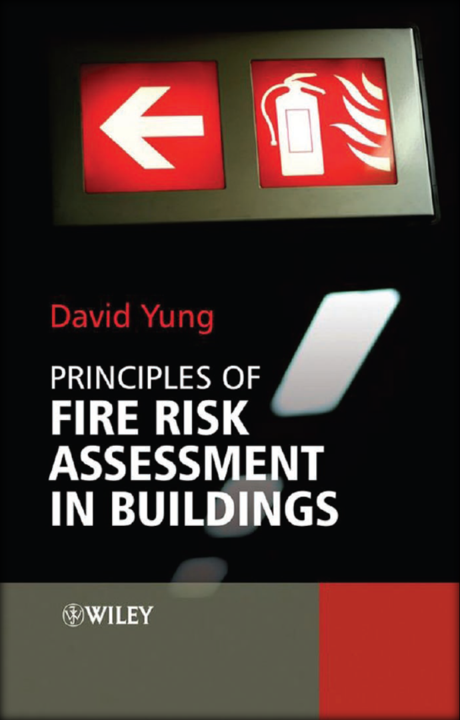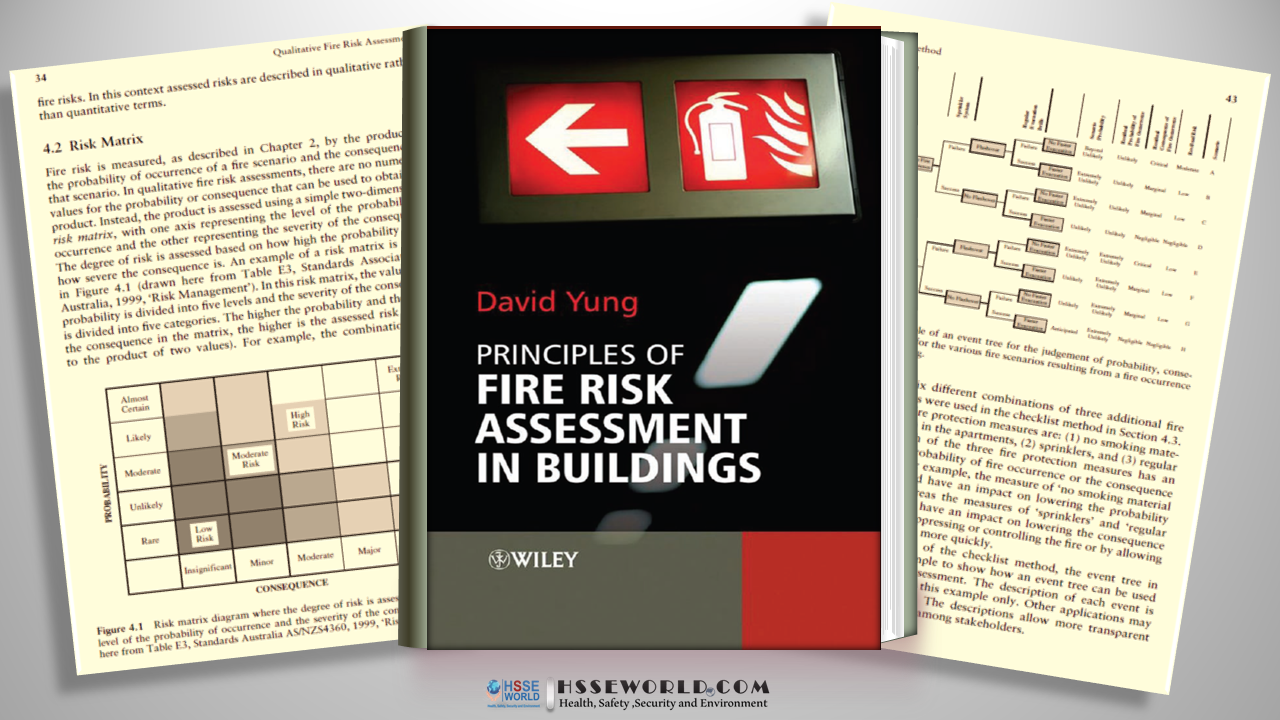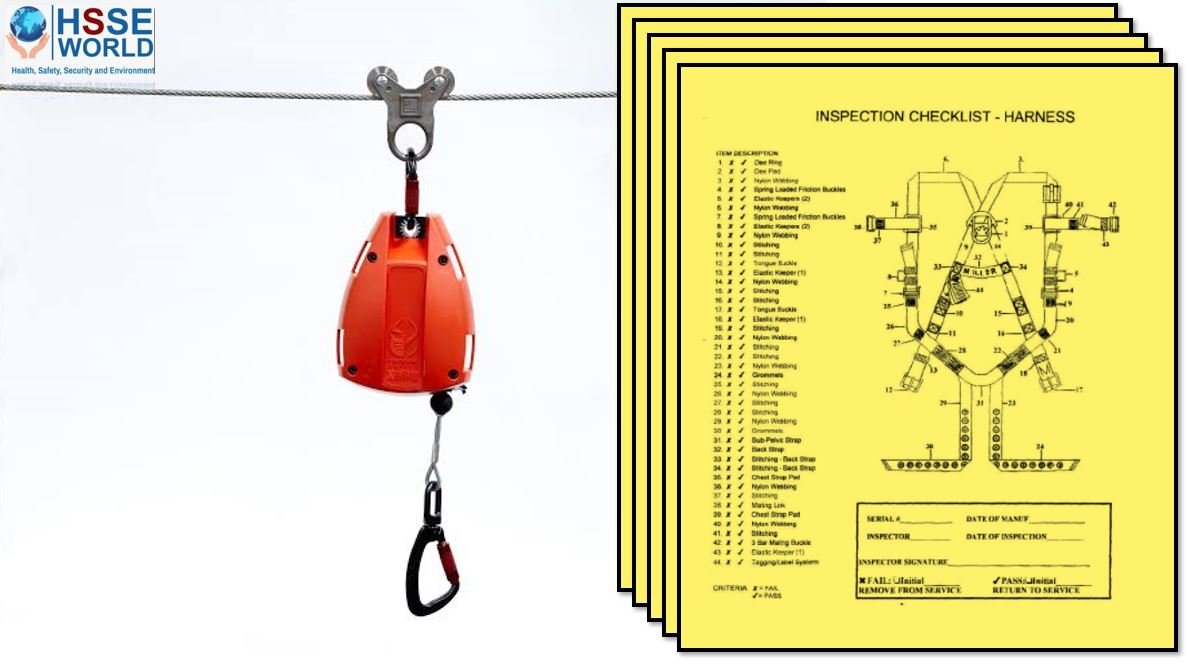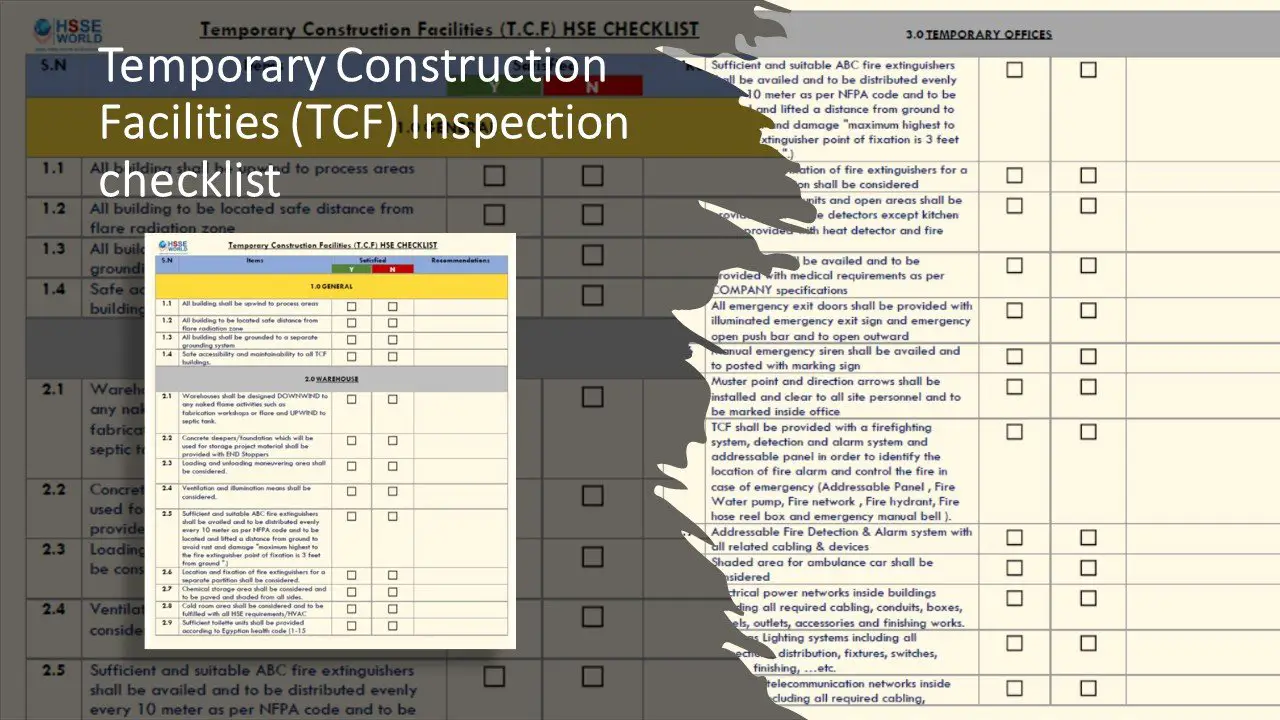Principles Of Fire Risk Assessment In Buildings by David Yung. This book has been prepared as a reference source for fire safety professionals working in the fire risk assessment field. It is also intended as a textbook for university students in fire protection engineering. It is my hope that it will serve both fields well. Auther clear and practical approach to this highly topical subject enables the reader to integrate the various tools available into a quantitative framework that can be used for decision making. He brings an invaluable resource to all those involved in fire engineering and risk assessment, including students, academics, building designers, fire protection engineers, structural engineers, regulators, and risk analysts.
The practice of fire safety designs is changing in many countries. The change is from traditional practice that simply follows the prescriptive code requirements to those that are based on fire safety analysis to obtain the required level of fire safety for the occupants. The change is a result of many countries moving towards the more flexible performance-based
codes. Performance-based codes allow flexibility in fire safety designs as long as the designs can provide the required level of fire safety to the occupants.
Fire risk assessment is an assessment of the fire risks, or the levels of fire safety, that are provided to the occupants and property in a
performance-based fire safety design. Fire safety designs involve the use of fire protection measures to control fire growth and smoke spread and to expedite occupant evacuation and fire department response. None of these fire protection measures, however, is 100%effective. For example,
sprinklers do not have 100% reliability in controlling fires, nor do fire alarms have 100% reliability in getting occupants to leave immediately.
As a result, certain levels of fire risks to the occupants and property are implied in each fire safety design. The assessment of these levels of fire risks is the subject of fire risk assessment.

Principles Of Fire Risk Assessment In BuildingsBook’s cover
Guidelines on fire risk assessment have been produced by fire protection
organizations such as the NFPA (National Fire Protection Association) and SFPE (Society of Fire Protection Engineers) in the USA (NFPA 551, 2007; SFPE, 2006). Other international organizations such as ISO are also planning to introduce reference documents on fire risk assessment.
These guidelines are for the benefit of fire protection engineers and regulators to allow them to have a common vision on what is required in the submission and approval process in fire risk assessment.

They describe this process from beginning to end, including the setting of risk thresholds and the selection of fire scenarios. These guidelines, however, do not describe the actual fire risk analysis. This book, on the other hand, describes the basic principles of fire risk analysis, or fire risk assessment, in buildings. This book, therefore, is suitable for use as a reference to these other guidelines.
Research and technical papers are produced regularly on the advancement of fire risk assessment. These papers usually focus on a certain aspect of the fire risk assessment. They seldom describe the fundamentals that underpin fire risk assessment. This book is suitable for use as a reference to these papers.
This book is also suitable for use as a textbook on fire risk assessment. The book describes the complex fire risk assessment principles in a way that is easy to follow.
Contents
- Simple Approach to Fire Risk Assessment
- What is Fire Risk Assessment
- Fire Risk Assessment Based on Past Fire Experience
- A Guide to Fire Safety Engineering
- Qualitative Fire Risk Assessment
- Quantitative Fire Risk Assessment
- Fundamental Approach to Fire Risk Assessment
- Fire Growth Scenarios
- Fire Safety Equipment Guidelines
- Fire Spread Probabilities
- Smoke Spread Scenarios
- Occupant Evacuation Scenarios
- Fire Department Response
- Uncertainty Considerations
- Fire Risk Management
The Contents of Principles Of Fire Risk Assessment In Buildings
Download the book
Principles Of Fire Risk Assessment In Buildings
More Downloads
- E-Books: Healthcare Hazard Control & Safety Management
- E-Books: Safety, Health and Working Conditions Training Manual
- E-Books: Energy Efficiency in Water and Wastewater Facilities
- E-Books: Fire Service Features of Buildings and Fire Protection Systems
- E-Books: Evaluation of Fire Safety free download
- E-Books: PPE for Chemical, Biological, and Radiological Hazards free
- E-Books: Changing the Workplace Safety Culture free download
- E-Books: Site Emergency Planning Workbook
- E-Books: Load Restraint Guide
- E-Books: Essential Practices for Creating, Strengthening, and Sustaining Process Safety Culture
- E-Books: System Safety Engineering and Risk Assessment
- E-Books: Permit-Required Confined Spaces
- E-Books: Is it Safe to Enter Confined Space?
- E-Books: 5-Minute Workplace Safety Talks
- E-Books: Safety Culture and High-Risk Environments
- E-Books: Practical Guide to Industrial Safety
- E-Books: Slip, Trip, and Fall Prevention for Healthcare Workers
- E-Books: Health and Safety at Work Key Terms
- E-Books: Fundamentals of Process Safety Engineering
- E-Books: Gas Detection Hand Book
- E-Books: Occupational health and safety management systems ANSI-AIHA-z10-2012
- E-Books: Hot Work on Drums and Tanks
- E-Books: Human Fatigue Risk Management
- E-Books: Guidelines for the provision of facilities and general safety in the construction industry
- E-Books: Handbook of Training in Mine Rescue and Recovery Operations ( 2021)
- E-Books: Code of Practice for the Safe Use of Lifting Equipment – Edition 9 (Nov 2019)
- E-Books: Free Forklift Health and Safety Best Practices Guideline
- E-Books: Handbook of Hazardous Chemical Properties
- E-Books: Human Performance Improvement through Human Error Prevention
- E-Books: Principles Of Fire Risk Assessment In Buildings
- E-Books: Investigation of Occupational Accidents and Diseases
- E-Books: Radiation Protection and Safety in Industrial Radiography
- E-Books: Basic Guide to System Safety, Third Edition
- E-Books: Food Safety Management-A Practical Guide for the Food Industry
- E-Books: Safety identification: Escape and evacuation plan signs- ISO 23601
- E-Books: Safety at Work
- E-Books: The Safety-Critical Systems Handbook 4th edition
- E-Books: Fundamental principles of occupational health and safety
- E-Books: Fire Safety Risk assessment Guide – Sleeping Accommodation
- E-Books: Mental health at work series
- E-Books: Live Fire Training: Principles and Practice
- E-Books: Pre-Startup Safety Review Guide
- E-Books: Fire and Emergency Drill Manual and Building Inspection Guide
- E-Books: Health and Safety: Risk Management 5th edition
- E-Books: Fire Protection systems -Third edition 2021
- E-Books: Fire Safety Logbook templates
- E-Books: From Accidents to Zero
- E-Books: Electric Safety Practice and Standards
- Your steps to chemical safety
- E-Books: Ergonomics and Psychology Developments in Theory and Practice
- E-Books: HAZOPS Should BE fun-The Stream-Based HAZOP
- E-Books: Safety Health and Environmental Auditing
- E-Books: A Quick Guide to Health and Safety
- E-Books: Occupational Ergonomics A Practical Approach
- E-Books: Job Hazard Analysis A Guide for Voluntary Compliance and Beyond
- E-Books: Electrical Safety of Low Voltage Systems




